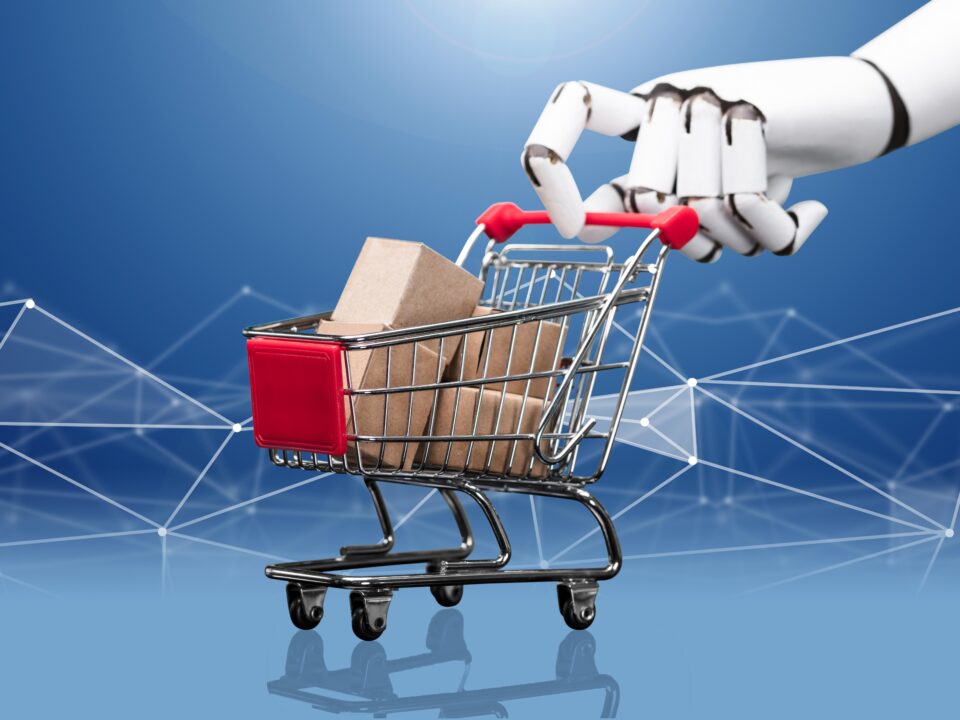In today’s rapidly evolving business landscape, efficiency and agility are paramount. AI-driven automation has emerged as a transformative force, enabling organizations across industries to streamline their processes, reduce operational costs, and significantly enhance productivity. This comprehensive guide explores in-depth how AI automation can revolutionize your business operations.
Introduction to AI Automation
Artificial Intelligence (AI) automation refers to leveraging artificial intelligence technologies to perform repetitive, complex tasks typically handled by humans, allowing teams to focus on strategic, higher-value activities.
Benefits of AI Automation
⦁ Increased Efficiency: Automating routine tasks accelerates processes, reduces human error, and enhances output quality.
⦁ Cost Reduction: By minimizing manual intervention, businesses significantly lower operational costs and optimize resource allocation.
⦁ Enhanced Accuracy: AI algorithms ensure precise execution and analysis, substantially reducing errors.
⦁ Scalability: Automated systems can handle vast amounts of data and tasks efficiently, allowing businesses to scale operations effortlessly.
Key Areas for AI Automation Implementation
⦁ Customer Service: AI-powered chatbots handle routine inquiries instantly, providing customers with quick resolutions and freeing staff for complex tasks.
⦁ Marketing: AI tools optimize marketing campaigns by analyzing data patterns and predicting consumer behavior, maximizing ROI.
⦁ Finance and Accounting: Automation of invoicing, bookkeeping, and financial analysis enhances accuracy and reduces processing times.
⦁ Human Resources: AI solutions streamline recruitment, onboarding, payroll management, and employee evaluations.
⦁ Supply Chain Management: AI-driven predictive analytics optimize inventory management, logistics planning, and demand forecasting.
Practical Examples of AI Automation
⦁ Retail: Automated inventory systems using AI algorithms significantly reduce inventory costs by predicting precise stock needs.
⦁ Healthcare: Automated scheduling and patient monitoring systems enhance efficiency and patient satisfaction.
⦁ Manufacturing: AI-driven robotic process automation (RPA) optimizes manufacturing lines, improving speed and quality control.
Step-by-Step Implementation Guide
⦁ Assess Your Needs: Identify repetitive, time-consuming processes suitable for automation.
⦁ Select Appropriate Tools: Choose reliable AI solutions tailored to your specific business requirements.
⦁ Integration: Seamlessly integrate AI tools with existing infrastructure to ensure smooth operations.
⦁ Testing and Validation: Run comprehensive tests to ensure accurate performance and reliability.
⦁ Deployment and Training: Launch your automation solution and train employees on interacting effectively with the new systems.
⦁ Monitoring and Optimization: Continuously monitor performance and make necessary adjustments for optimal results.
Common Pitfalls and Solutions
⦁ Resistance to Change: Address employee concerns proactively through clear communication and training programs.
⦁ Integration Issues: Choose solutions offering robust APIs and flexible integration options.
⦁ Data Quality Challenges: Regularly audit data quality and use reliable data cleansing methods to maintain high standards.
Conclusion
AI automation is no longer optional but essential for businesses seeking sustainable competitive advantages. By thoughtfully implementing AI automation solutions, businesses can dramatically enhance their efficiency, reduce costs, and position themselves strategically for future growth.




